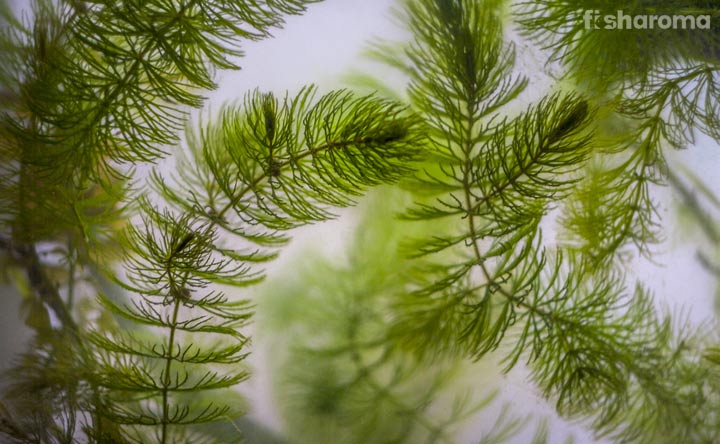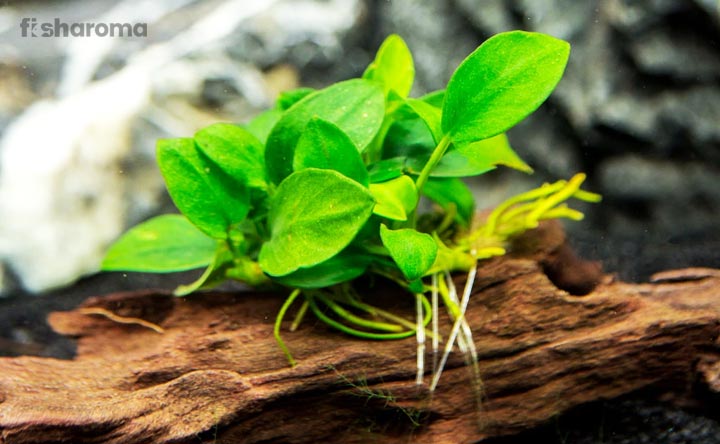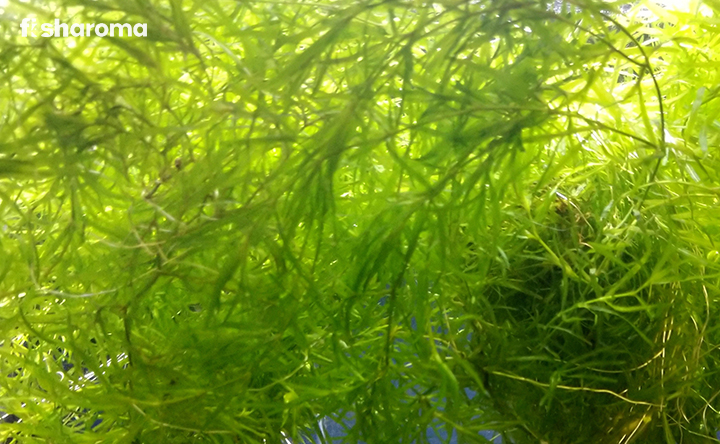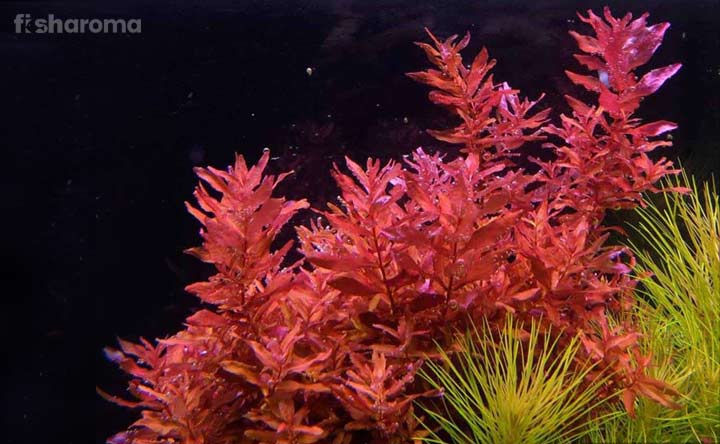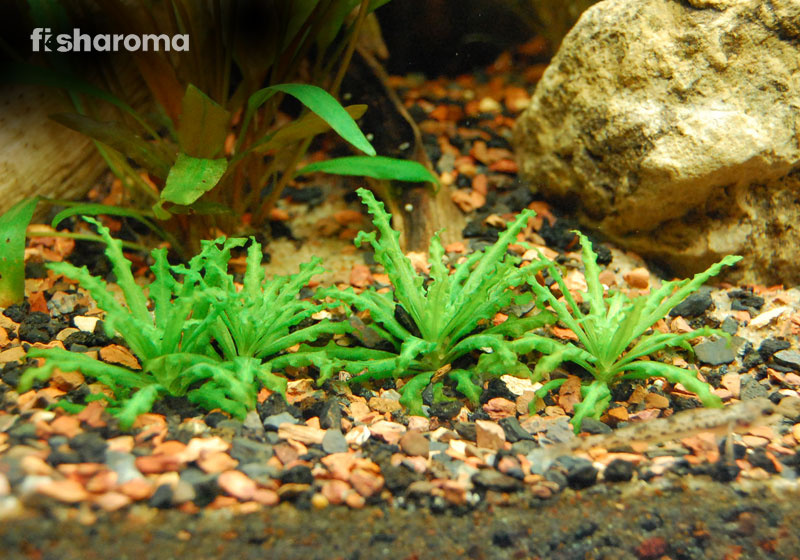Paludarium – Complete Guide to Set Up and Clean this Multi-Dweller’s Tank
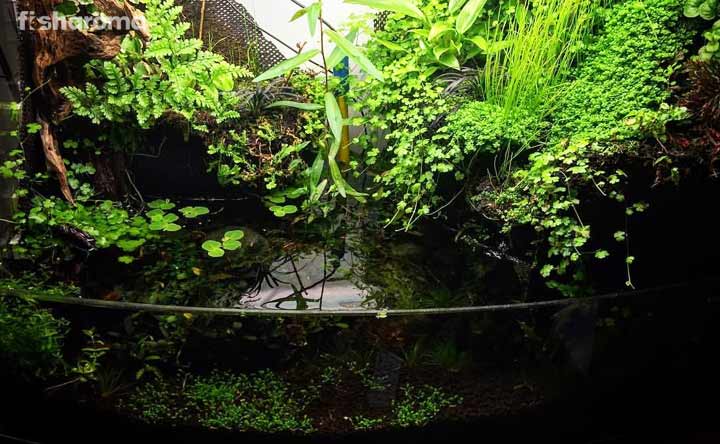
Paludarium is a tank where you can keep aquatic plants, amphibians, terrestrial animals, and fish. You may have enjoyed the experience of fishkeeping, but have you tried to expand your hobby? Keeping terrestrial animals and amphibians such as crabs, shrimps, frogs and turtles in your tank may also bring an interesting dimension to your hobby like the diversion of fishkeeping. Now, you can enjoy that hobby by keeping terrestrial and aquatic life in the same tank using a divider that separates the land and water.
Overview
A paludarium is a semi-aquatic habitation where water and land work together for creating a natural ambiance. You can keep both animals and plants in this tank. There is enough space to keep animals that live in the land. There is an enclosure part where you can add aquatic fish and other species. This habitat replicates wetlands, rainforests and streams. The word ‘Paludarium’ comes from a Latin word, ‘Palus,’ which means marsh or swamp, and ‘arium’ means a location or a container. You may also have heard about other tanks such as Vivarium and Terrarium. Let us know the differences between the three tanks:
- Paludarium: It is an aquarium where you can keep both terrestrial species and aquatic plants by dividing the tank.
- Terrarium: It is a dry low-humid tank where you cannot keep any aquatic animals. You can only keep plants in this tank.
- Vivarium:You can keep only reptiles and amphibians in this tank.
Best Paludarium Tanks in Market
First, decide what size tank you need for keeping your pet animals and plants. Look at the height and depth of the paludarium tank. Paludariums can be both larger and smaller in size. You need to understand which breed you are keeping in the fish tank because you cannot keep a 3.1” (7.87 cm) Royal Gramma in a 5-gallon aquarium, as it requires more space. Have a look at a few tanks that are trendy in the market:
1. Marine Land 5 Gallon Portrait Glass Paludarium
Marine Land Paludarium is a 5-gallon tank available with an LED light and filtration system. If you are a beginner aquarist, then this tank is ideal for keeping small and peaceful species that are beginner-friendly.
Features:
- Advanced 3-stage back panel filtration with pump
- A white LED light and a blue LED light are provided
- A sliding glass canopy is provided
2. Sea Clear Acrylic Aquarium Combo Set
Sea Clear Acrylic Tank can make a perfect paludarium because there is plenty of space where you can keep a wide variety of plants and animals. This tank is made of acrylic glass, which makes the quality of the glass more durable.
Features:
- This combo tank includes an electrical light fixture and reflector.
- A sponge filter is also provided with this tank
3. Zoo Med Paludarium
Zoo Med Paludarium is a nano 4-gallon aquarium where you can build a canopy for different types of aquatic species such as frogs, geckos, and snakes. You can also keep semi-aquatic pets such as crabs, frogs and salamanders. It is perfect for keeping floating aquatic plants and nano fish breeds such as Tetras, Guppies and Cichlids.
Features:
- 12 by 12 by 24” Paludarium
- Rectangular in shape and spacious
Inhabitants for Your Paludarium
You can keep fish, terrestrial animals, and plants in your paludarium. Both freshwater and saltwater species can be kept in a tank. You just need to set the ambiance of the tank according to the necessity of different species. Set up the decoration, water temperature, pH level and hardness of the water as per the requirements of the fish and other inhabitants you are keeping in the tank.
Popular Fish for Paludariums
You can keep various fish breeds in a paludarium, but some breeds are easy to pet. You need to maintain the decoration, water temperature, filtration and light of the tank. Have a look at some popular fish for paludarium such as:
- Gourami Fish
- Angel Fish
- Guppy Fish
- Celestial Pearl Danio
- Molly Fish
- Neon Tetra
- Catfish
Non-Fish Pets for Paludariums
You can also keep some invertebrates and other species in a paludarium if you are interested in petting different kinds of animals in your tank apart from fish.
- Snail
- Fiddler Crab
- Shrimp
- Dwarf Turtle
- Frog
- Yellow-Bellied Slider
- Water Dragons
- Mid-Skippers
- Skink Lizards
Always remember, every terrestrial animal cannot swim, so it is necessary to provide plenty of land space for these animals. You can use net or an open section of water to separate the aquatic and telluric species.
Plants for Your Paludarium
You can keep a wide array of terrestrial and aquatic plants in your paludarium. Before choosing plants for your aquarium, look at the size and propagation process of the plants. Some plants need much care, and others can grow without much consideration. Aquarists prefer keeping slow-growing plants like Anubias Nana in their tank because you don’t need to trip the leaves of these plants every week. Some plants are harmful to many animals and fish, so avoid keeping such plants in your tank. Some popular plants for paludariums are:
- Ferns such as Java Fern, Lemon Button Fern, Boston Fern are the great plants that are easy to promulgate.
- Bromeliads are an excellent addition to your tank if you have Hermit Crabs and Dart Frogs in your paludarium.
- If you want to bring a carpet look in your paludarium, then dense and lush plant such as Java Moss is a great choice.
- Creeping plants such as Devils Ivy and Creeping Fig are great for covering the walls of the tank, and some shy species like these plants because they prefer hiding behind these plants.
- Floating plant like Salvinia is also an ideal choice for paludarium.
Make separate space for terrestrial and aquatic plants in the paludarium. Avoid keeping carnivore plants such as Utricularia and Pinguicula which can eat up the inhabitants of the tank.
How to Set Up a Paludarium?
A simple aquarium set up process is not followed while setting a paludarium because of the terrestrial and aquatic plants and inhabitants’ dwell in a paludarium. So, you need to provide both land and water part in this tank.
You need to create a natural ambiance in the tank, which is comfortable for both terrestrial and aquatic animals. You can buy small, medium or a large tank to build a paludarium. It is necessary to set up layers and canopy of land and water for different types of species and plants.
The canopy is the topmost area of the paludarium that includes rocks, plants, and branches. The land-dwellers or terrestrial species live in the canopy area. This area is built before adding water to the tank. The water part of the tank is like an aquarium, which is the home of the aquatic animals and plants.
Steps to Build Up a Paludarium
It will be easy to set up a paludarium if you follow some steps to create land and water part in the tank separately. Go through the steps to build the tank:
1. Separate the Land and Water by Using a Divider
Use a divider to create a barrier in the paludarium. The half portion of the tank should have water, and the other half portion should be ornamented with soil substrate, driftwood, pots, caves, rocks or sand. The dividers are made of plexiglass and they are safe to be used in the tanks. Secure the divider of the land and water by using aquarium silicone on the tank wall that will provide a leak-proof barrier.
Always build the land portion above the water level. The land portion is ideal for keeping terrestrial plants and animals like crabs, frogs and reptiles. Keep aquatic species such as fish, snails, shrimps and aquatic plants in the aquatic part of the paludarium. Check the temperature, pH level and hardness of the water while adding the aquatic species and herbs in the tank.
2. Build Up a Floating Shelf Over the Water
You can use PVC plastic to create a floating shelf. Use silicone or an aquarium glue for adhering to the corners of the tank. Try to use a support to hold the shelf. Use flat pieces of cork or driftwood alternatively. This floating-place is perfect for keeping turtles.
3. Set the Plants in the Aquatic Portion and the Land Part
After keeping the aquatic and terrestrial inhabitants in the tank, your tank is ready to be ornamented with aquatic and terrestrial plants. Enhance the eco-friendly environment in your tank by keeping ideal plants in the tank. Before planting any herb, keep appropriate substrate and driftwoods in the paludarium.
4. Add Filter and LED Light in the Paludarium
Filters are needed in the aquatic portion of the tank to flush out the waste elements and maintain the quality of the water. The light is required for both the land and the water portions because most of the inhabitants don’t like living in a dark tank. Some paludariums are found with kits and you need to buy the filters and lights for those tanks which are empty.
5. Decorate the Paludarium
As we know that both the aquatic and terrestrial species live in this tank, so you need to decorate it specially. Keep rocks, caves, sand/soil, plants on the land portion. Arrange fine gravels, fish caves, ceramic pots, and aquatic plants in the aquatic part of the tank.
The above steps will help you set up the paludarium appropriately. If you are a beginner aquarist and you want to build a paludarium, then definitely the ideas described above will help you.
How to Clean a Paludarium?
It is not tough to maintain the hygiene of a paludarium. You have to give some more time to clean this tank. You can do it once a week. Take a look at a few ways of cleaning a paludarium:
1. Clean the Land Portion of the Tank
Firstly, clean the land portion of the paludarium by trimming the dead leaves of the plants. After trimming the leaves, use a siphon to clean the rocks and the ground of the land portion. While cleaning the tank, keep the terrestrial species in another tank. Once the cleaning process is over, keep them back in their tank.
2. Cycle the Water of the Aquatic Part and Clean the Aquarium Portion
Cycle the water of the tank to break down nitrate and ammonia. This process will also help in killing harmful bacteria. Replace 10% water in a week and 20% water in a month. Use gravel cleaner to clean the gravels in the tank. You can use liquid soap and a soft brush to clean the walls and decorations of the tank. After the replacement process, check the temperature, hardness and pH level of the water before setting a new batch of water.
During the cycling process, keep the fish and other aquatic species in a separate tank. Regular cleaning and replacement may annoy the fish, so water cycling is preferred to be done once in a month, and a 10% water replacement can be done in a week.
We hope you have got a lot of ideas in setting and cleaning a paludarium. If you have never made this type of tank before, then now you can definitely set a paludarium and keep both the terrestrial and aquatic species together in the same tank by dividing them.
Know More about Fishkeeping and Tank Setting
There are other factors that you need to know about petting fish and setting tank. Go through these articles to know more.
- How to Set up a Fish Tank? – It is not a daunting task to set up a fish tank. You need to follow some steps to set an aquarium. Go through the steps if you want to set up a tank.
- What Should be the Fish Tank Size for Different Breeds? – Every fish breed has a specific size and a particular tank is needed for keeping it. Know what size fish tank is required for each species.
- How to Clean a Fish Tank? – Fishkeeping is an interesting hobby, but along with that hobby, you should know how to clean a tank properly. Follow some steps to clean an aquarium by going through this article.

